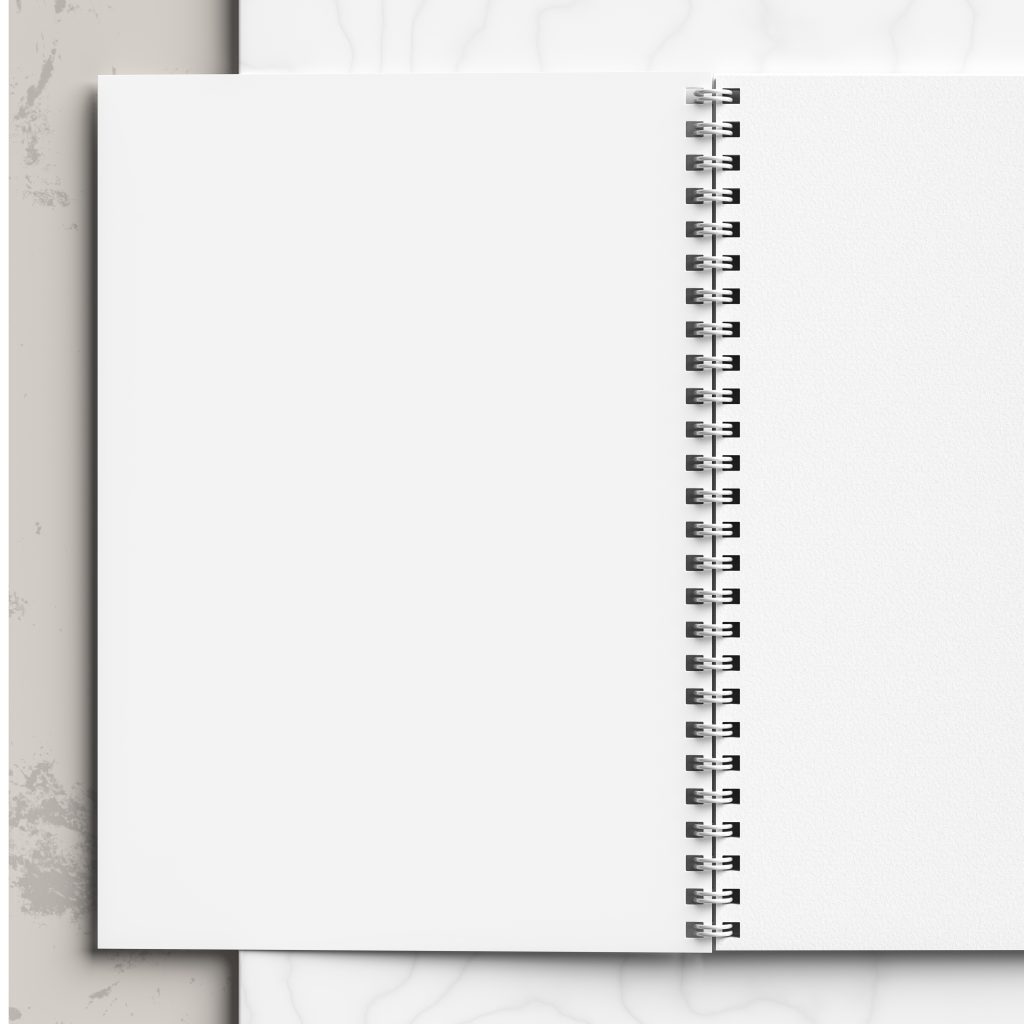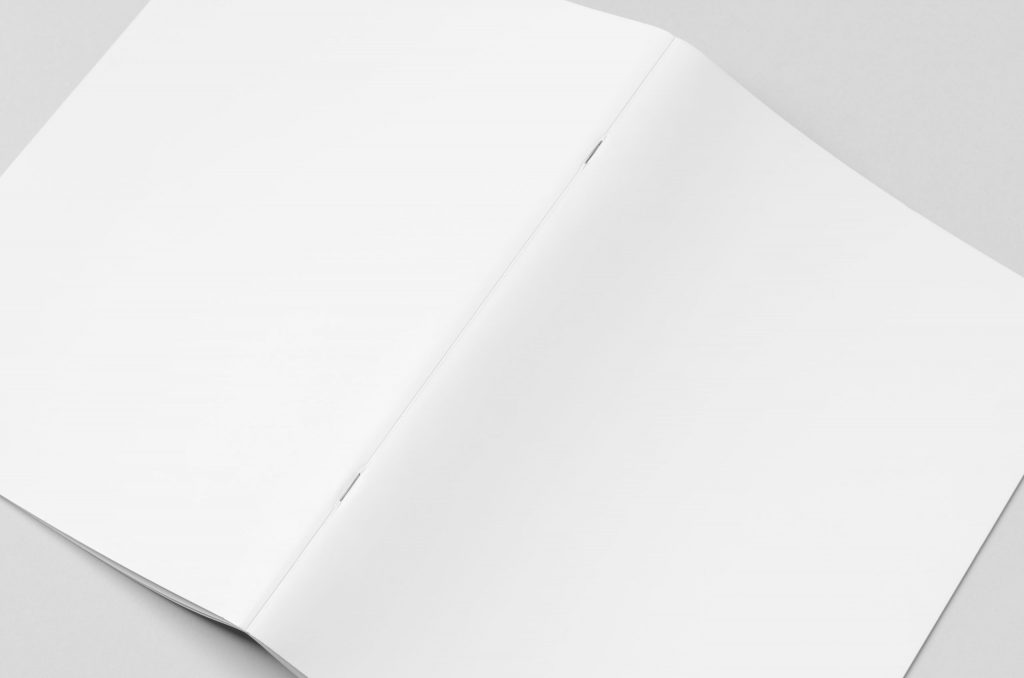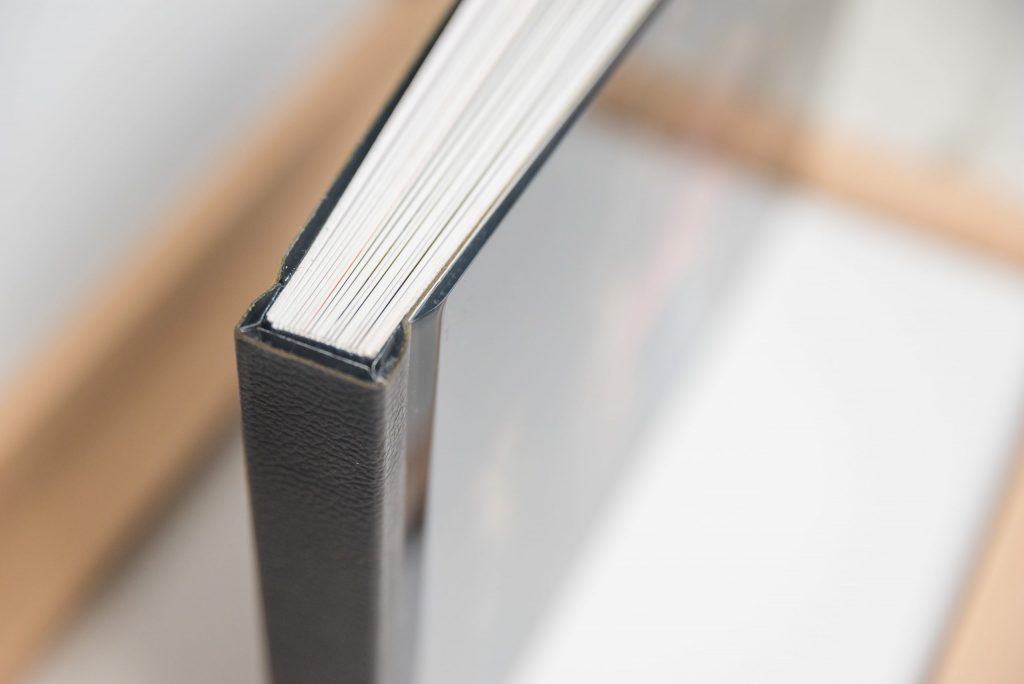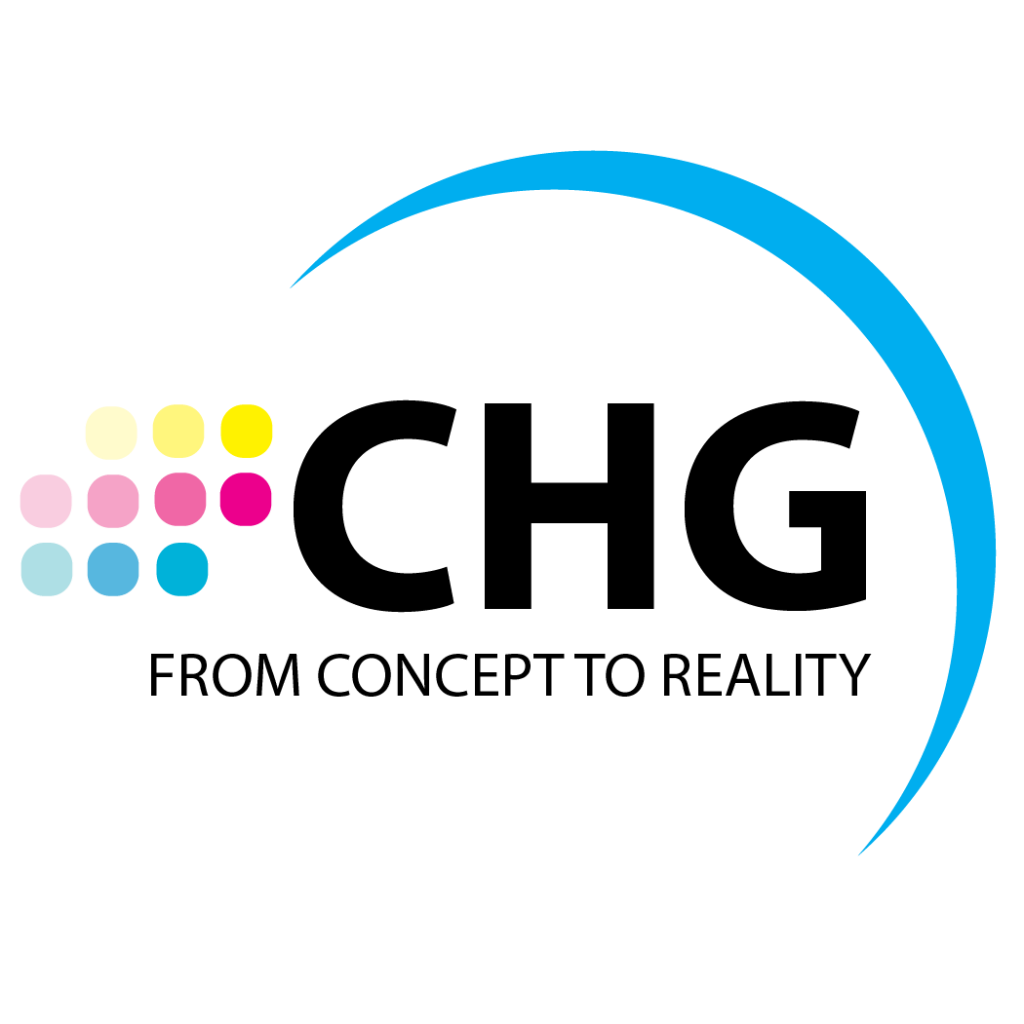Demystifying Book Binding
Selecting the Best Binding Option for Your Publication
Building a physical book involves more than just the words within its pages; the binding and finishing are integral components that contribute to the overall reader experience. From plastic coil to hardcover, each binding option serves a distinct purpose, influencing functionality and aesthetics. At Color House Graphics, we understand the importance of choosing the right binding solution to complement your project.

Plastic Coil and Double Wire Binding:
- Durability: Both plastic coil and double wire binding offer excellent durability, ensuring that pages stay bound even with frequent use. This makes them ideal for materials that will be handled frequently, such as manuals, workbooks, and training guides.
- Customization: Plastic coil and double wire binding are available in various colors and sizes, allowing customization to match branding.
- Flexibility: The flexibility of plastic coil binding and double wire binding allows the book to open flat on any page, which is especially advantageous for materials that require users to write or make annotations.
- Versatility: Both binding styles can accommodate a wide range of paper sizes and thicknesses, making them suitable for various publications.

Saddle Stitch Binding:
- Professional Appearance: Saddle stitch binding creates a clean and professional look, making it ideal for marketing materials and booklets.
- Cost-Effectiveness: Saddle stitch binding is more cost-effective than other methods like perfect binding or case binding. It balances quality and affordability, making it suitable for projects with budget constraints.
- Quick Turnaround: Saddle stitch binding is known for its quick production turnaround time, making it an excellent choice for projects with tight deadlines.
- Lies Flat: While not as flat as other binding methods like coil or wire binding, saddle stitch binding still allows the publication to lie relatively flat when opened. This feature enhances readability and usability, making it easier for readers to flip through pages and access content.
- Environmentally Friendly: Saddle stitch binding requires minimal materials and produces less waste than other binding methods. Additionally, publications bound with staples can be easily recycled at the end of their lifecycle.

Case Bound (Hardcover Books):
- Enhanced Durability: One of the primary benefits of case binding is its exceptional durability and longevity. Hardcover books are built to withstand regular handling and shelf storage, making them ideal for books that will be frequently accessed or passed down through generations.
- Professional Appearance: Hardcover books exude an air of professionalism and prestige, making them perfect for high-quality publications built to create a lasting impression. The sturdy covers give hardcover books a polished and refined look that conveys quality and value to readers.
- Protection of Contents: The rigid protective covers of hardcover books provide excellent protection for the book’s contents. They shield the pages from damage, such as tearing, bending, or moisture exposure, ensuring the book remains pristine.
- Longevity: Hardcover books are built to last, with durable materials and construction that can withstand years of use and storage. This longevity makes them an excellent investment for publishers and readers, as they can enjoy the book for years without worrying about deterioration.
- Customization Options: Hardcover books offer numerous customization options, including cover material, embossing, foil stamping, and dust jackets. Professional book designers can create unique and eye-catching designs that reflect the tone and content of the book, enhancing its appeal.
- Perceived Value: Hardcover books are often perceived as more valuable and prestigious than paperback or digital editions. The tactile experience of holding a hardcover book and the weightiness of its covers contribute to this perception, making it an attractive option.
- Shelf Presence: Hardcover books command attention on bookstore shelves and libraries, standing out among other publications with their sturdy construction.

Perfect Binding:
- Affordability: Perfect binding is more cost-effective than hardcover binding, making it ideal for publishers working within budget constraints. The simplicity of the binding process and the use of less expensive materials contribute to lower production costs.
- Flexibility: Perfect binding allows for flexibility in design and layout, accommodating varying page counts and paper sizes. This flexibility makes it suitable for many publications, from thin novels to thick manuals and catalogs.
- Professional Appearance: While perfect binding is commonly associated with paperback books, it still offers a professional and polished appearance. The smooth, square spine gives the book a clean and modern look.
- Customization Options: Despite being a relatively simple binding method, perfect binding still allows for some customization options. Publishers can choose from various cover materials, finishes, and printing techniques to create a unique and eye-catching design that reflects the content and tone of the book.
- Ease of Handling: Perfect-bound books are lightweight and easy to handle, making them convenient for readers to carry and transport. This feature is particularly advantageous for trade paperbacks and manuals that may be used on the go or in educational settings.
- Print-on-Demand Capability: Perfect binding is well-suited for print-on-demand (POD) publishing, allowing publishers to produce books as needed without large print runs or inventory storage. This enables more efficient inventory management and reduces the risk of overstocking or understocking.
- Environmentally Friendly: Perfect binding typically generates less waste than other binding methods, as it requires minimal materials and can be easily recycled at the end of the book’s lifecycle. This makes it a more sustainable option for environmentally conscious publishers.
Consider the purpose and audience when selecting the binding style for your next book. Are you aiming for durability, elegance, or affordability? Whether it’s a perfect bind for a novel or a sturdy case bound for a reference book, CHG is here to guide you through the decision-making process.
Make your next project stand out with the binding choice tailored to your needs. Contact us today to bring your vision to life.






